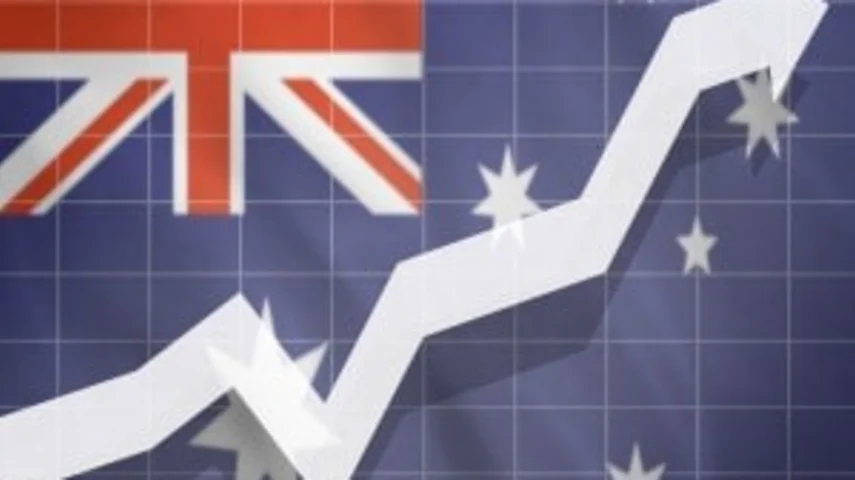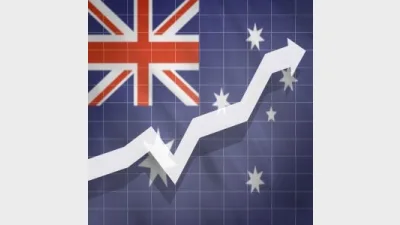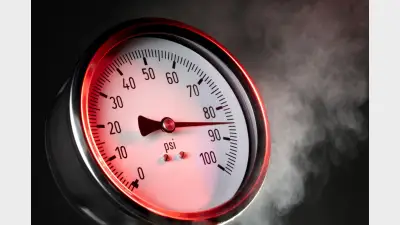Why ‘underdog’ Aussie shares can keep up their outperformance



Australian shares have lagged behind the US for much of the past decade but there are several reasons to think their recent outperformance can continue for some time, according to BetaShares.
The Australian stockmarket had been perceived as an ‘underdog’ and had underperformed the US which had benefitted from a low growth environment.
BetaShares associate director of adviser services, Max Minack, said: “One could argue that the Australian stock market has been an underdog for a while now. In fact, the Aussie market, as measured by the ASX 200, has underperformed the US market, measured by the S&P 500, every year since 2012.
“The US market has benefited from a low growth, low interest rate environment for many years. Having said that, a change which may see Australia once again compete against the global heavyweights is upon us.
“The Australian market has come out of the blocks relatively strongly this year due to macro dynamics that we haven’t seen for well over a decade. Could this be the fork in the road that sees the Aussie market return to former glories?”
While the macroeconomic backdrop of the past decade had been dominated by sluggish economic growth and historically low interest rates, the US tech sector had proven attractive to investors. The market had placed a premium on companies able to grow their earnings in this low-growth environment, such as tech stocks, while low rates made investors willing to pay up for future earnings.
The Australian stockmarket, on the other hand, had a heavier weighting to cyclical stocks than the US. These companies, which are more sensitive to underlying economic growth, had struggled in conditions mentioned above.
However, this dynamic had changed in recent years: after the world emerged from COVID-19 lockdowns, the global economy was jumpstarted, inflation started to tick up and unemployment fell.
Because of this, Minack highlighted interest rate hikes – which several major central banks including the Reserve Bank of Australia had started to carry out – as being a tailwind for Australian shares.
Describing future rate rises as “a near certainty”, he said: “Higher interest rates have tended to be good for banks’ profitability, as it increases their net interest margin, the difference between the interest they pay on deposits, and the interest they charge on loans.
“The Aussie market is dominated by banks, with financials accounting for over 30% of our market, and we have already seen many of the ‘big four’ materially increase their dividends this year as a result of this tailwind.”
In addition, higher interest were likely put more pressure on higher growth companies, such as tech stocks, as their future earnings become less attractive to assets that are paying out today.
Higher demand for resources, which has followed the emergence from COVID-19 lockdowns, was another boon for the Australian stockmarket as the Aussie resources sector accounts for over 23% of the index. Added to this were the bottlenecks created by disruption to the global supply chain through the pandemic and the Russia/Ukraine war.
Recommended for you
Natixis Investment Managers has hired a distribution director to specifically focus on the firm’s work with research firms and consultants.
The use of total portfolio approaches by asset allocators is putting pressure on fund managers with outperformance being “no longer sufficient” when it comes to fund development.
With evergreen funds being used by financial advisers for their liquidity benefits, Harbourvest is forecasting they are set to grow by around 20 per cent a year to surpass US$1 trillion by 2029.
Total monthly ETF inflows declined by 28 per cent from highs in November with Vanguard’s $21bn Australian Shares ETF faring worst in outflows.











